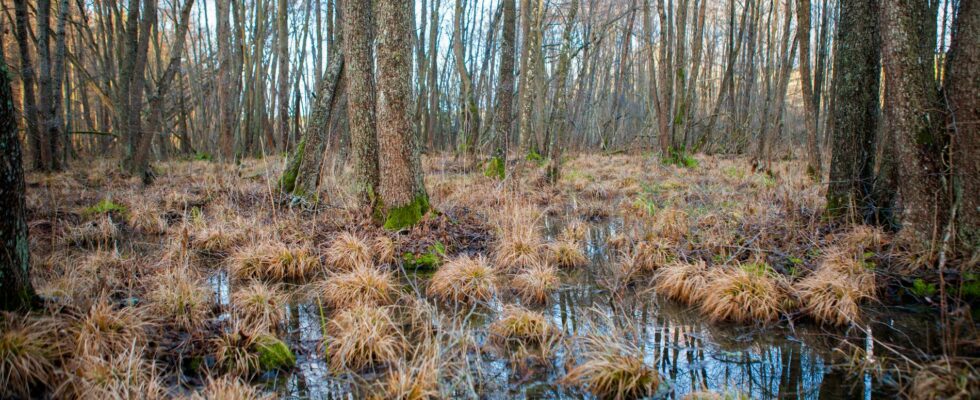unsaveSave
expand-left
full screen The wetlands in Sweden are rewetted to reduce climate emissions. Archive image. Photo: Robin Haldert/TT
Although many wetlands are restored in Sweden, just as much of the peatlands lose water because the surfaces are attractive for new construction.
One of the government’s major climate initiatives is to rewet drained wetlands. Until 2030, close to four billion kroner must be used to make the water store carbon dioxide instead of releasing it.
A total of ten square kilometers of peat land is re-wetted per year in Sweden. But an equally large area loses water at the same time when new roads, industrial areas and houses are to be built. This is shown by figures compiled by the statistics agency Statistics Sweden, reports Sveriges Radio.
– As much peat can be dewatered as we restore every year, and that is not good for climate reasons. I don’t think anyone was aware of the size of the problem, says Matti Ermold at the Environmental Protection Agency’s management unit to Sveriges Radio.
The explanation from a number of municipalities in Stockholm is that it is easier to build on wetlands than on stony ground, but the Swedish Environmental Protection Agency calls for greater consideration for nature when land is to be developed. Wetlands are important to withstand climate challenges and should improve biologically valuable natural environments.
